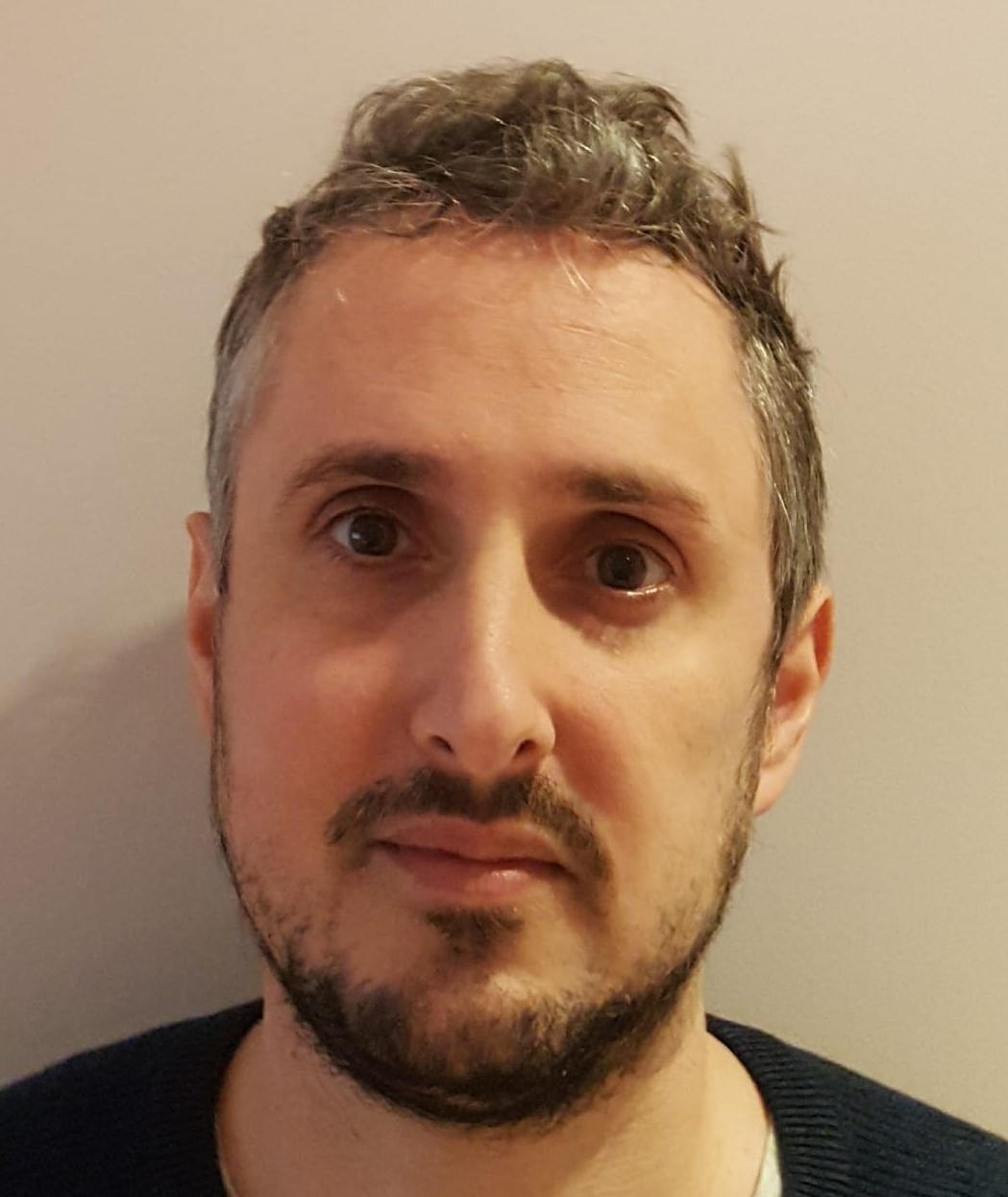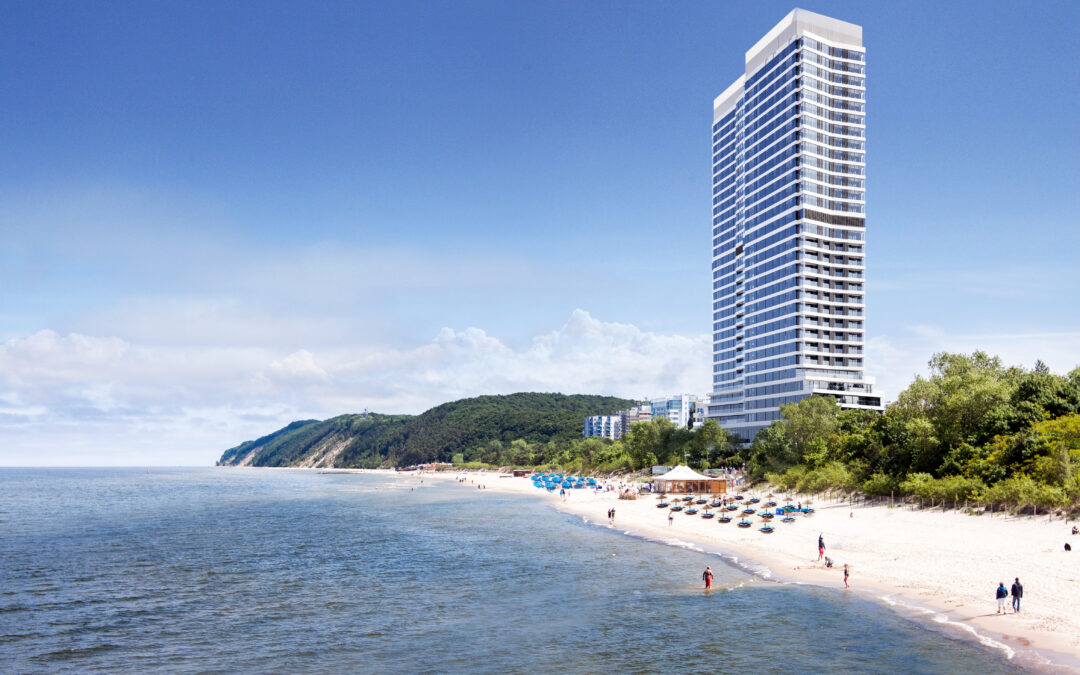A developer claims to have been granted a permit to construct two 33-storey towers in a resort town on Poland’s Baltic coast. The plans have stirred controversy, with concerns that the 112-metre-tall buildings will visually damage what is a protected natural area.
The towers would be built in Międzyzdroje, a town of 5,400 in northwestern Poland popular with tourists, including from across the nearby border with Germany. The developer, Siemaszko, says they will contain 345 apartments, as well as restaurants, a spa and a swimming pool complex.
A permit for construction, which will also include demolition of existing premises on the site, was in fact issued in July last year, but news of it has only been widely reported today, following an article by Business Insider Polska.
Previously, in 2017, Siemaszko had announced plans to build two 17-storey towers at the same site, which were due to open in 2022. But these have now been replaced by the more ambitious proposal, with building work set to begin next year.
“This project is pioneering,” Lesław Siemaszko, head of the eponymous firm, told Business Insider. “We made sure that each apartment was exclusive, and that every guest and resident would have a sea view.”
His company also boasts that residents of the buildings will have direct access to Międzyzdroje’s sandy beach. Lesław Siemaszko adds that “the potential of this place is enormous”, and he hopes that his project will “stimulate [further] development”.
Międzyzdroje currently has no buildings anywhere near the height of the planned towers. Across Poland’s entire northern Baltic coast, only the Olivia Star in Gdańsk (180 metres), Sea Towers in Gdynia (142 metres), and Pazim in Szczecin (128 metres) would be taller.
Business Insider also notes that the plans could prove controversial due to the fact that the town lies within an area classified as a “landscape park”, protected by law for “natural, historical, cultural and scenic value”. The website attempted to ask Międzyzdroje’s local authorities whether this would be an obstacle to the development, but received no response.
Officials from the county in which Międzyzdroje is located told local newspaper Głos Szczeciński that they had issued a permit for construction at the site, but added that approval of how the building looks is up to the town’s mayor and council.
The newspaper notes that Siemaszko’s previous plans to build shorter towers at the same location were rejected by the provincial governor because the project was deemed inconsistent with local spatial development. Local residents were also opposed, reports Głos Szczeciński.
The latest proposals drew a mixed reaction on Polish social media. Architect Łukasz Szymanowicz said he feared that the local authorities were “Batumi-ising a picturesque resort [without] any coherent plan” – a reference to the development of the Georgian Black Sea city of Batumi.
“I hope this never gets built,” wrote journalist Wojciech Kość. A popular Facebook page that ironically highlights the failings of modern planning and development in Poland offered a visualisation of what Międzyzdroje could look like in a few years.
Others, however, defended the planned towers, including two economists from the Civil Development Forum (FOR), a liberal think tank founded and chaired by former Polish finance minister Leszek Balcerowicz.
“It looks great,” tweeted Rafał Trzeciakowski. “But as always, the left [and] right will reactionarily explain that change is bad and everything should remain as it used to be.”
Marek Tatała, FOR’s deputy president, claimed that Poles are hypocritical. When they travel abroad, they “crow with delight at the modernity”, taking photos from rooftop bars or with hotels in the background. But in Poland itself, they want “everything to be as it was in order to protect ‘heritage’”.
Developer proposes massive block on Polish coast. Half of Polish Twitter recoils in disgust, the other half spouts libertarian banalities. And yet we’re all united by our knowledge that it’ll end up being six floors of nothing in particular. pic.twitter.com/FHIsI5TJ8B
— Ben Stanley (@BDStanley) February 4, 2021
Main image credit: Siemaszko/press materials

Daniel Tilles is editor-in-chief of Notes from Poland. He has written on Polish affairs for a wide range of publications, including Foreign Policy, POLITICO Europe, EUobserver and Dziennik Gazeta Prawna.



















